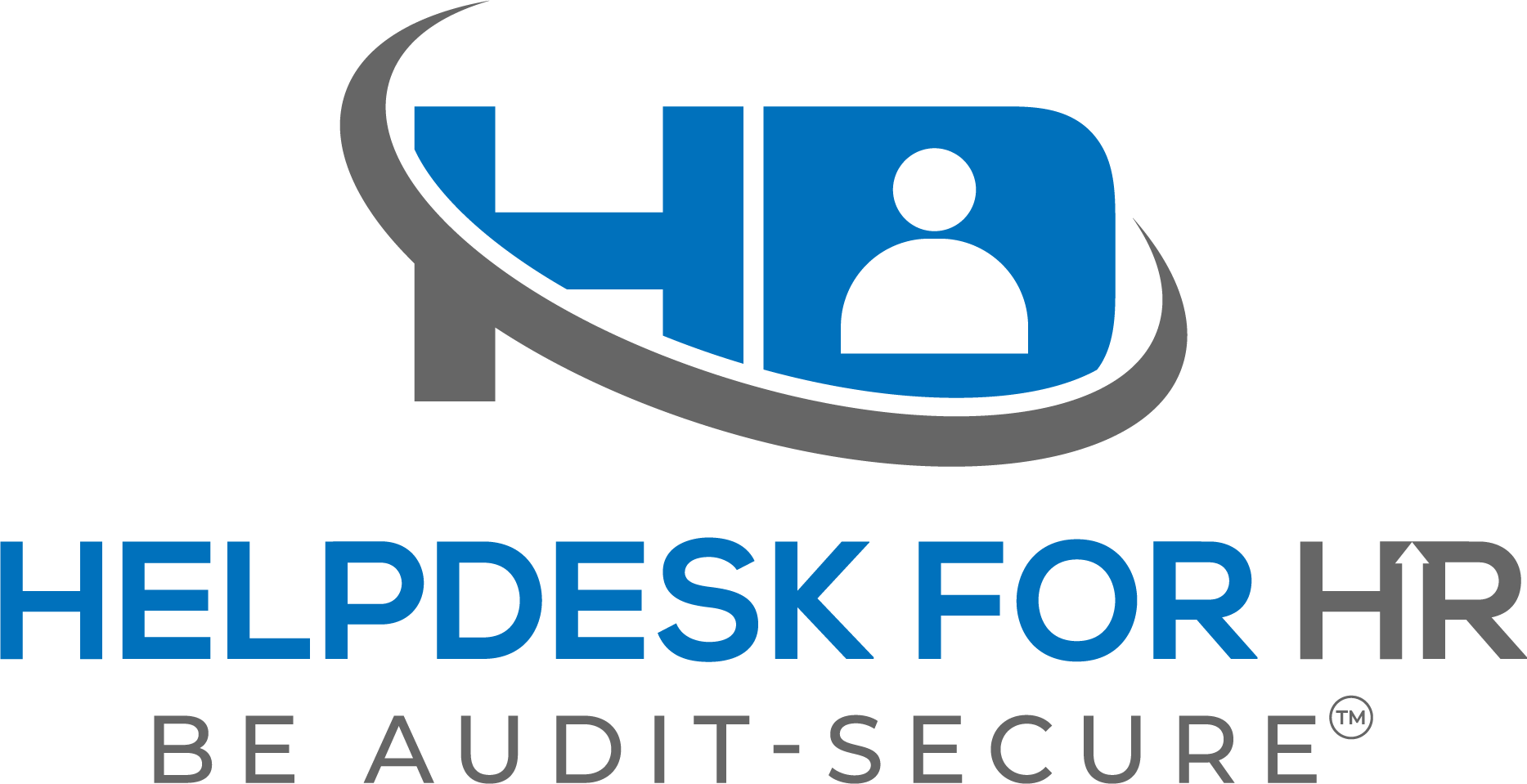No. The standard only requires an employer using alternative exposure control methods to conduct an exposure assessment if it is reasonable for the employer to expect that exposures will be at or above the AL. See 29 C.F.R. § 1926.1153(d)(2)(i). An exposure assessment is not required if the employer has made a reasonable determination that exposures will remain below the AL due to the use of engineering or work practice controls. (Note that this is in contrast to the determination of whether an employee’s exposure is covered by the standard – a determination that must be made without regard to the decrease in exposures that occurs due to the use of engineering and work practice controls. See 29 C.F.R. § 1926.1153(a).)
To be reasonable, the employer’s expectation that engineering and work practice controls will keep employee exposures below the AL must be based on relevant evidence or experience, e.g., data provided by equipment manufacturers or trade or professional associations, air monitoring results, or experience using the relevant controls effectively in similar circumstances. The persistent presence of visible dust, an equipment malfunction, or another unexpected event that could affect employee exposures may indicate that it is no longer reasonable to expect employee exposures to remain below the AL. In those cases, the employer must take prompt corrective measures and, depending on the circumstances, may also need to conduct an exposure assessment to verify corrective measures are effective. See 81 Fed. Reg. at 16761.
October 2018
Tags: OSHA, Exposure Control Methods
